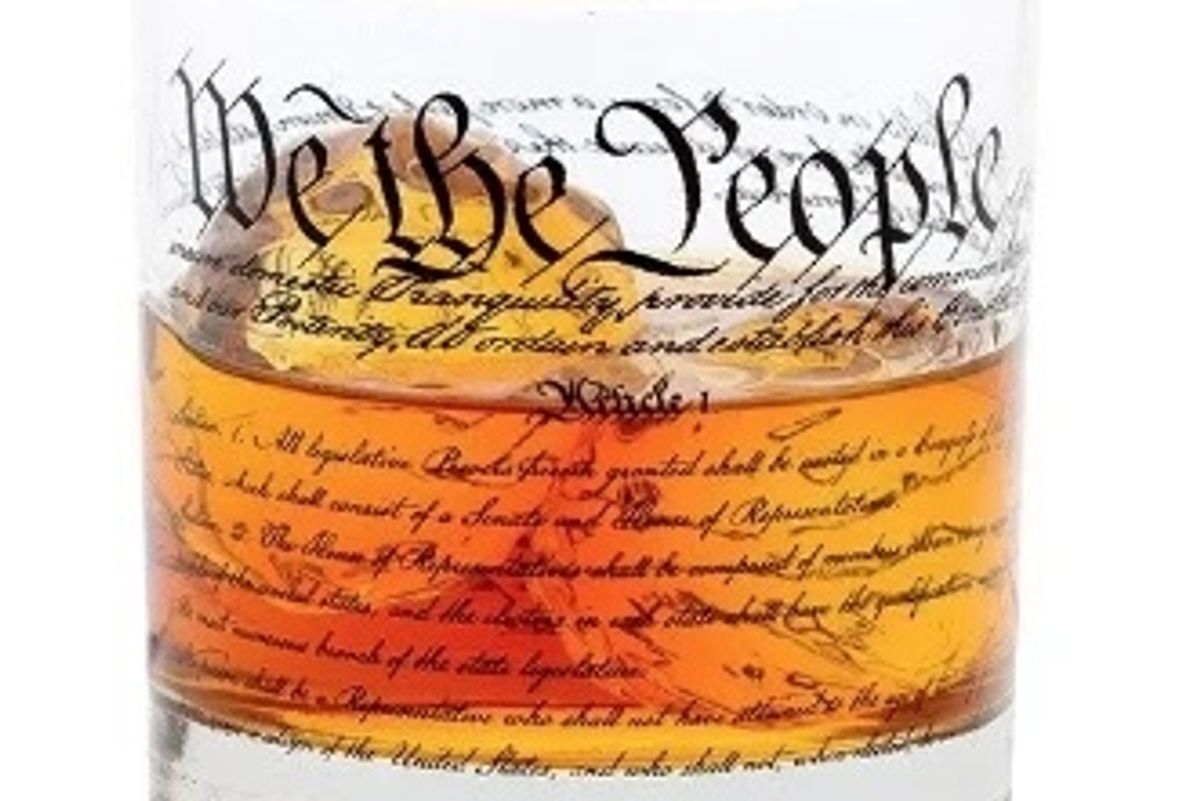Steve Bannon — former President Donald Trump's chief White House strategist — will report to federal prison on Monday. And according to a recent report, he's quietly fretting about the people he'll be with while incarcerated.
The Daily Beast reported that an unnamed source close to Bannon said the far-right activist is "quite concerned" about the fellow inmates he'll encounter throughout his four-month federal prison sentence at FCI Danbury, in Connecticut. Bannon, whose Federal Bureau of Prisons inmate number is 05635-509, will notably have a tougher time than fellow Trump advisor Peter Navarro, who is at a federal prison camp in Florida.
According to the Beast, Navarro's camp is "much less strict on inmates" and his biggest concerns are likely "boredom and slow communications." Bannon, on the other hand, has a separate criminal detainer for allegedly defrauding supporters of an online crowdfunding campaign to build a wall along the Southern border, for which he is still awaiting trial in Manhattan. Because of that, Bannon's sentence will be served in a harsher environment.
One of the Beast's unnamed sources told the publication that Bannon "will be on a more rigid day-to-day schedule that has less freedom of movement, stricter check-ins and will be surrounded by more dangerous criminals." Reporter Josh Fiallo noted that FCI Danbury's inmate population of roughly 800 prisoners includes "sex offenders and violent criminals."
The 70-year-old Bannon has maintained that he is a "political prisoner" and that his "voice will not be suppressed" despite being behind bars. His podcast co-host, Mike Davis, recently said Bannon is "unfazed and determined." The former Trump advisor and Breitbart News chief vowed that he would be working toward "total and complete victory" during his prison sentence.
Bannon was initially found guilty of contempt of Congress for ignoring a subpoena from the House Select Committee on the January 6 Attack and initially sentenced in 2022. However, he fought the imposition of his sentence for more than two years, initially succeeding in staying out of prison as he made his way through the appeal process. The Supreme Court finally issued a one-sentence ruling on Friday that Bannon would have to report to prison.
"If it took me going to prison to finally get the House to start to move, to start to delegitimize the illegitimate J6 committee, then, hey, guess what, my going to prison is worth it," Bannon told ABC's Jonathan Karl earlier this week.
Bannon reportedly hired prison expert Sam Mangel — who was also hired by Navarro — to help him prepare for his sentence. Mangel, who himself served a 60-month federal prison sentence for financial crimes, told the Beast earlier this month that federal prison is no picnic for a first-time inmate. When speaking to the hypothetical situation of Trump potentially being incarcerated, Mangel said the experience would be "humiliating" and "degrading" for the ex-president.
"Inside you get up at six in the morning, you go to your meals as dictated, you get the same phone time, the same lights out at four o’clock in the afternoon, you have to stand next to your bed for count,” he said. “So it is a humiliating situation. And especially for somebody like the former president."
Reprinted with permission from Alternet.









